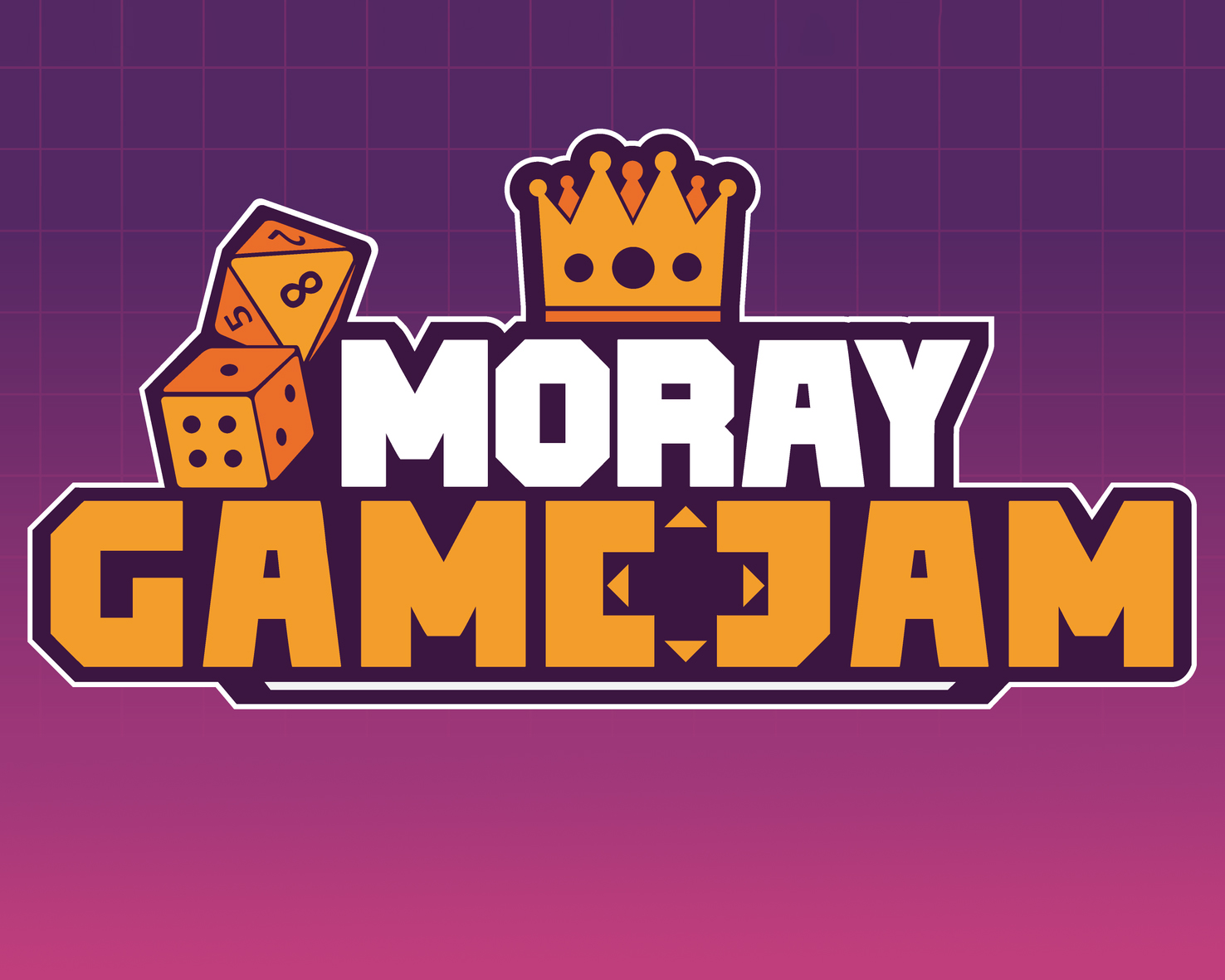
When I was introduced to the concept of game jams and design sprints I was unsure of their efficacy given such tight time constraints. But before cementing my opinion of them I decided to talk to Finlay MacDonald, a lecturer at UHI Moray, a university in Elgin, Scotland. He lectures in HNC Digital Design, up to honours level interactive media in various subjects, including 3D animation, games development and web design.
Finlay: I’ve participated in, I think, about 14 game jams now, and these have varied and length between six hours, a couple two days long, and then others about eight days long. And from these game jams I’ve participated in, I’ve come runner-up twice and won the People’s Choice Award once. I’ve won the first-place award four times and the Streamer’s Choice award twice. I participated in multiple roles originally, beginning as an artist, then moving into the lead programmer and designer and then the ones where I’ve worked solo; I’ve done all the different jobs.
Hannah: The first thing I would like to know is why did you start taking part in Jams in the first place?
Finlay: Well, it started in my second year of college, studying interactive media. We were designing branding material for the first Moray Game Jam, and so the concept was introduced to us. At that time, the Jam was in teams. I stumbled into this guy who was programming alone in a room at the college. So, I joined him and his team originally as an artist. So that’s how I really got started, I had no experience, and there was an event local to me that I could participate in.
Fast forward to 2023 and we’re running the Moray Game Jam again this year in March. I’ve actually issued students the brief of developing the branding for the Jam. So, it’s been completely redesigned this year; hopefully, that’ll get them interested in a similar event. Now, I have quite a big part in organising it. We’ve got some local games studios sponsoring the event and some guest speakers on the judging panel.
Hannah: So, what kind of things are you looking to achieve when you participate? I understand jams as being a time to incorporate innovation into your skill set as a designer (Rubino n.d.).
Finlay: For me personally, I relish the opportunity to develop something over a short period of time. The longest game jam I’ve been involved in is eight days. It’s quite fun to work on something new just so you’re trying new things. I agree with you that it’s a chance to innovate and try something new just to see if it’s got any legs. I just like trying to test things out, and I also use it as a chance to get better. So, for example, for each Jam, I aim to incorporate some new tool or some new technique or something I haven’t done before. Just to expand my skill set. I find it’s also a really good chance to do some teamwork and collaborate on projects. In my current role as a lecturer, I’m not really working with a lot of people; I’m quite independent.
Hannah: Have you found with the desire to always learn something new in a jam, do you explore the mechanic you want to incorporate before the Jam? Or perhaps outline the structure of your game?
Finlay: I do a lot of brainstorming, mind maps and ideas on the day as soon as the Jam starts. I don’t start until the theme’s been announced, so maybe in the first few hours, I should have a pretty firm idea of what idea I want to go with. In some of the longer game jams, eight days, I’ve still been thinking of ideas after 20 hours, but I prefer working in a group rather than solo.
Group work is great because it allows people to fire ideas off of each other. It’s a chance to collaborate with other people and get their opinions because your opinions might not always be the best. And also, other people’s skill levels can complement your own. But independent work is also excellent because you’re forced to do all the jobs at once.
Hannah: Seeing the positives of participating in Jams, are you that the lecturer encouraging his students to participate in official events?
Finlay: Yeah, I do. I really try and push it amongst my students. For me, it’s been such a benefit. Coursework’s good and all, but just doing something outside of coursework is great for employers to see. It’s a great chance to make connections or to make contacts in the industry or to make friends.
Hannah: And how do you see the Moray Game Jam, in particular, being a local event affecting the local industry?
Finlay: Well, Elgin is quite surprising as it does have a number of game development companies or companies that help the gaming industry. There’s also quite a strong local indie community. So, the Game Jam will bring all of those groups together, and it makes education link with industry to help get students talking with companies. Some of the teams that have previously won the Moray Game Jam have since started their own company.
But every game that will be created from now on, people will expect fully 3D worlds with a crafting system, with a method of interacting with the environment. When we were growing up, we were quite happy with primitive 3D graphics, and the games were quite basic and short.
If you look at games now, they’re extremely complicated. But at the same time, the indie scene is absolutely massive. So there are still loads of new, fresh ideas out there.
References
RUBINO, Giovanni. n.d. ‘Rapid Ideation’ [Online Leacture]. Available at: https://learn.falmouth.ac.uk/courses/483/pages/week-3-what-is-rapid-ideation?module_item_id=29782 [accessed 28 Feb 2023].
German vocabulary of the week
Team – Mannschaft
